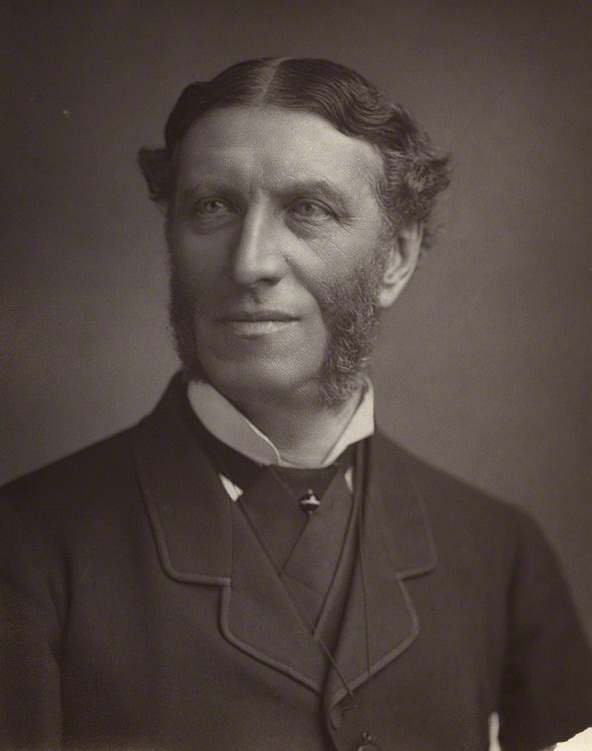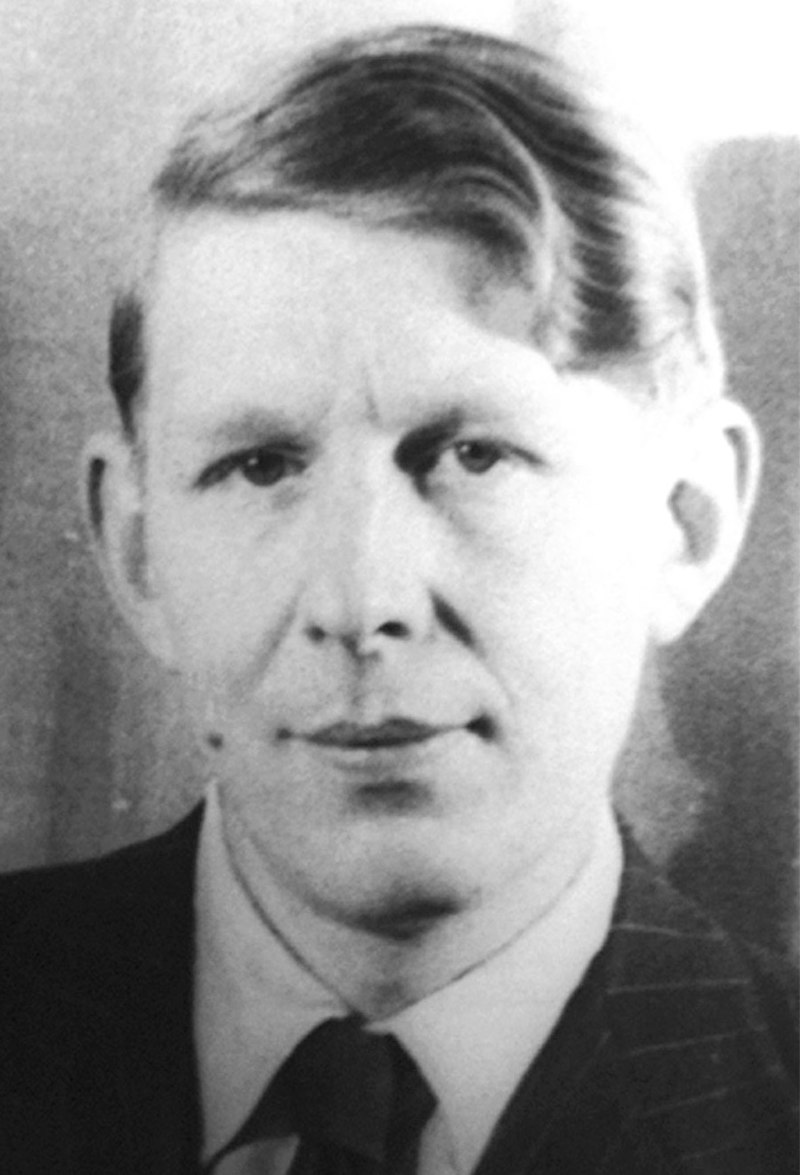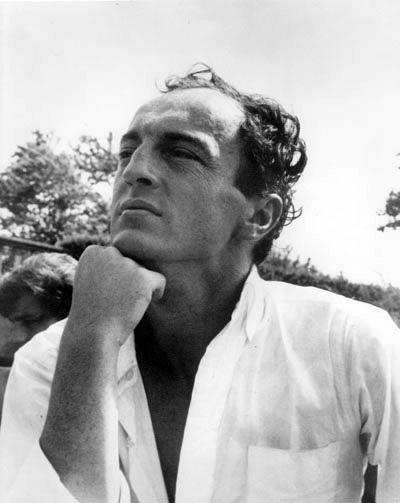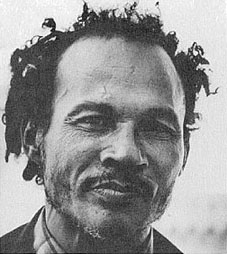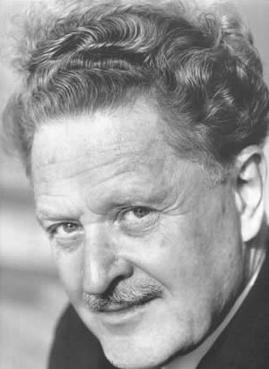Matthew Arnold Quiz Questions
1. What is Matthew Arnold’s profession besides being a poet?
(a) Painter
(b) Musician
(c) Critic
(d) Historian
2. Which of the following is NOT a major theme in Matthew Arnold’s poetry?
(a) Loss and nostalgia
(b) Social criticism
(c) Religious doubt
(d) Romantic idealism
3. In which poem does Matthew Arnold famously describe the sea as “wandering between deserts of the shore”?
(a) “Dover Beach”
(b) “Thyrsis”
(c) “The Scholar-Gypsy”
(d) “The Forsaken Merman”
4. What is the central idea of Matthew Arnold’s “The Function of Criticism at the Present Time”?
(a) The importance of religion in modern society
(b) The role of criticism in shaping culture
(c) The value of poetry in times of crisis
(d) The dangers of excessive individualism
5. Which of the following is NOT a major work by Matthew Arnold?
(a) “Culture and Anarchy”
(b) “The Prelude”
(c) “Essays in Criticism”
(d) “The Scholar-Gypsy”
6. What is the main theme of “Isolation”?
a) The importance of friendship and human connection
b) The dangers of isolation and loneliness
c) The beauty of the natural world
d) The power of human ambition and greed
7. What is the significance of the “touchstone” method of literary criticism advocated by Matthew Arnold?
(a) It emphasizes the importance of historical context
(b) It focuses on the emotional impact of literature
(c) It compares works to established literary standards
(d) It prioritizes the author’s intentions
8. In “The Scholar-Gypsy,” what is the central figure searching for?
(a) Love
(b) Truth
(c) Wealth
(d) Power
9. What is the main theme of Matthew Arnold’s “Thyrsis”?
(a) The death of a friend
(b) The loss of innocence
(c) The futility of human endeavor
(d) The beauty of nature
10. What is the significance of the “sea of faith” in “Dover Beach”?
(a) It represents the stability of religion
(b) It symbolizes the vastness of human knowledge
(c) It signifies the power of nature
(d) It represents the uncertainty of life
11. In “The Scholar-Gypsy,” what is the role of the gypsy?
(a) A symbol of freedom and spontaneity
(b) A representation of the intellectual life
(c) A figure of authority and tradition
(d) A warning against the dangers of escapism
12. What is the tone of Matthew Arnold’s “The Forsaken Merman”?
(a) Joyful
(b) Melancholy
(c) Angry
(d) Indifferent
13. In “Dover Beach,” what is the speaker’s attitude towards the Church?
(a) Reverent
(b) Critical
(c) Indifferent
(d) Hopeful
14. In “The Scholar-Gypsy,” what does the speaker mean by “the sweet hour of prime”?
(a) The time of youth and innocence
(b) The moment of greatest intellectual achievement
(c) The peak of human happiness
(d) The hour before dawn
15. In “Thyrsis,” what is the significance of the “Oxford Muse”?
(a) A symbol of academic life and intellectual pursuits
(b) A representation of the beauty of nature
(c) A figure of authority and tradition
(d) A warning against the dangers of escapism
16. What is the dominant tone of Arnold’s poetry?
(a) Optimistic
(b) Pessimistic
(c) Humorous
(d) Indifferent
17. In “The Forsaken Merman,” what is the merman’s greatest desire?
(a) To return to the sea
(b) To be loved by a human
(c) To become immortal
(d) To find treasure
18. What is the significance of the phrase “sweetness and light” in Arnold’s “Culture and Anarchy”?
(a) It represents the ideal qualities of a society
(b) It refers to the beauty of nature
(c) It describes the power of love
(d) It symbolizes the importance of education
19. What is the main theme of Arnold’s “Empedocles on Etna”?
(a) The futility of human existence
(b) The power of nature
(c) The importance of friendship
(d) The search for meaning
20. What is the significance of the sea in many of Arnold’s poems?
(a) It represents the unknown and the mysterious
(b) It symbolizes the power of nature
(c) It represents the human soul
(d) It represents the passage of time
21. Which of the following is NOT a famous poem by Matthew Arnold?
(a) “Dover Beach”
(b) “The Charge of the Light Brigade”
(c) “Thyrsis”
(d) “The Scholar-Gipsy”
22. Arnold’s poetry often explores the tension between:
(a) Tradition and modernity
(b) Nature and civilization
(c) Love and duty
(d) All of the above
23. Arnold is known for his critical essays on:
(a) Literature
(b) Philosophy
(c) Politics
(d) All of the above
24. Arnold’s poetry is often characterized by:
(a) Complex rhyme schemes
(b) Simple language
(c) Long, flowing lines
(d) A focus on meter and rhythm
25. Arnold’s poetry often reflects the:
(a) Romantic era
(b) Victorian era
(c) Modern era
(d) Post-modern era
Matthew Arnold Quiz Questions with Answers
1. What is Matthew Arnold’s profession besides being a poet?
(c) Critic
2. Which of the following is NOT a major theme in Matthew Arnold’s poetry?
(d) Romantic idealism
3. In which poem does Matthew Arnold famously describe the sea as “wandering between deserts of the shore”?
(a) “Dover Beach”
4. What is the central idea of Matthew Arnold’s “The Function of Criticism at the Present Time”?
(b) The role of criticism in shaping culture
5. Which of the following is NOT a major work by Matthew Arnold?
(b) “The Prelude”
6. What is the main theme of “Isolation”?
(b) The dangers of isolation and loneliness
7. What is the significance of the “touchstone” method of literary criticism advocated by Matthew Arnold?
(c) It compares works to established literary standards
8. In “The Scholar-Gypsy,” what is the central figure searching for?
(b) Truth
9. What is the main theme of Matthew Arnold’s “Thyrsis”?
(a) The death of a friend
10. What is the significance of the “sea of faith” in “Dover Beach”?
(a) It represents the stability of religion
11. In “The Scholar-Gypsy,” what is the role of the gypsy?
(a) A symbol of freedom and spontaneity
12. What is the tone of Matthew Arnold’s “The Forsaken Merman”?
(b) Melancholy
13. In “Dover Beach,” what is the speaker’s attitude towards the Church?
(b) Critical
14. In “The Scholar-Gypsy,” what does the speaker mean by “the sweet hour of prime”?
(a) The time of youth and innocence
15. In “Thyrsis,” what is the significance of the “Oxford Muse”?
(a) A symbol of academic life and intellectual pursuits
16. What is the dominant tone of Arnold’s poetry?
(b) Pessimistic
17. In “The Forsaken Merman,” what is the merman’s greatest desire?
(b) To be loved by a human
18. What is the significance of the phrase “sweetness and light” in Arnold’s “Culture and Anarchy”?
(a) It represents the ideal qualities of a society
19. What is the main theme of Arnold’s “Empedocles on Etna”?
(a) The futility of human existence
20. What is the significance of the sea in many of Arnold’s poems?
(a) It represents the unknown and the mysterious
21. Which of the following is NOT a famous poem by Matthew Arnold?
(b) “The Charge of the Light Brigade”
22. Arnold’s poetry often explores the tension between:
(d) All of the above
23. Arnold is known for his critical essays on:
(a) Literature
24. Arnold’s poetry is often characterized by:
(b) Simple language
25. Arnold’s poetry often reflects the:
(b) Victorian era




